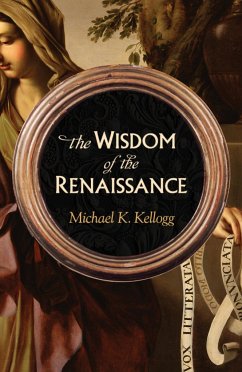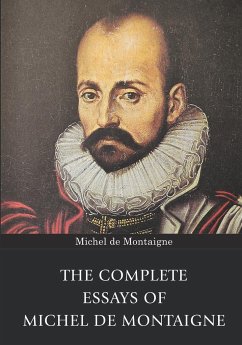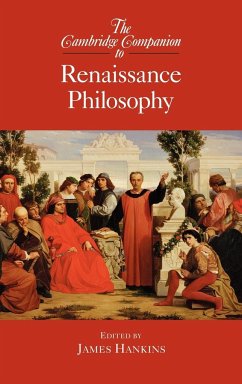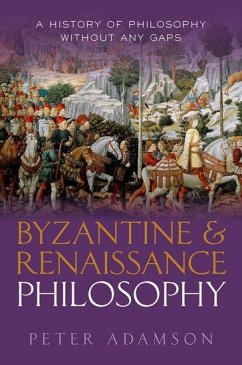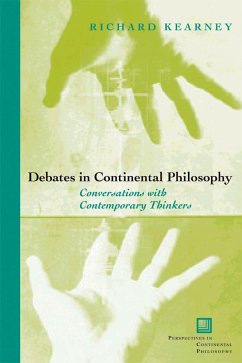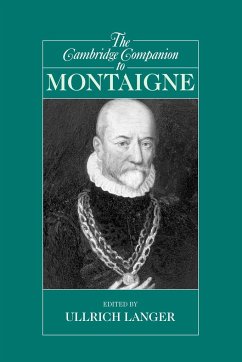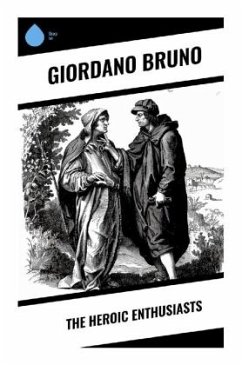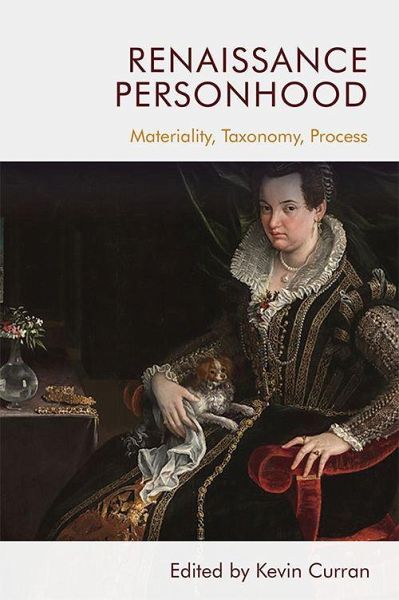
Renaissance Personhood
Materiality, Taxonomy, Process
Herausgeber: Curran, Kevin
Versandkostenfrei!
Versandfertig in über 4 Wochen
121,99 €
inkl. MwSt.

PAYBACK Punkte
61 °P sammeln!
Explores the history and theory of personhood in the Renaissance period Unfolding as a series of materially oriented studies ranging from chairs, machines and doors to trees, animals and food, this book retells the story of Renaissance personhood as one of material relations and embodied experience, rather than of emergent notions of individuality and freedom. The book assembles an international team of leading scholars to formulate a new account of personhood in the sixteenth and seventeenth centuries, one that starts with the objects, environments and physical processes that made personhood ...
Explores the history and theory of personhood in the Renaissance period Unfolding as a series of materially oriented studies ranging from chairs, machines and doors to trees, animals and food, this book retells the story of Renaissance personhood as one of material relations and embodied experience, rather than of emergent notions of individuality and freedom. The book assembles an international team of leading scholars to formulate a new account of personhood in the sixteenth and seventeenth centuries, one that starts with the objects, environments and physical processes that made personhood legible. Kevin Curran is Professor of Early Modern Literature at the University of Lausanne.



